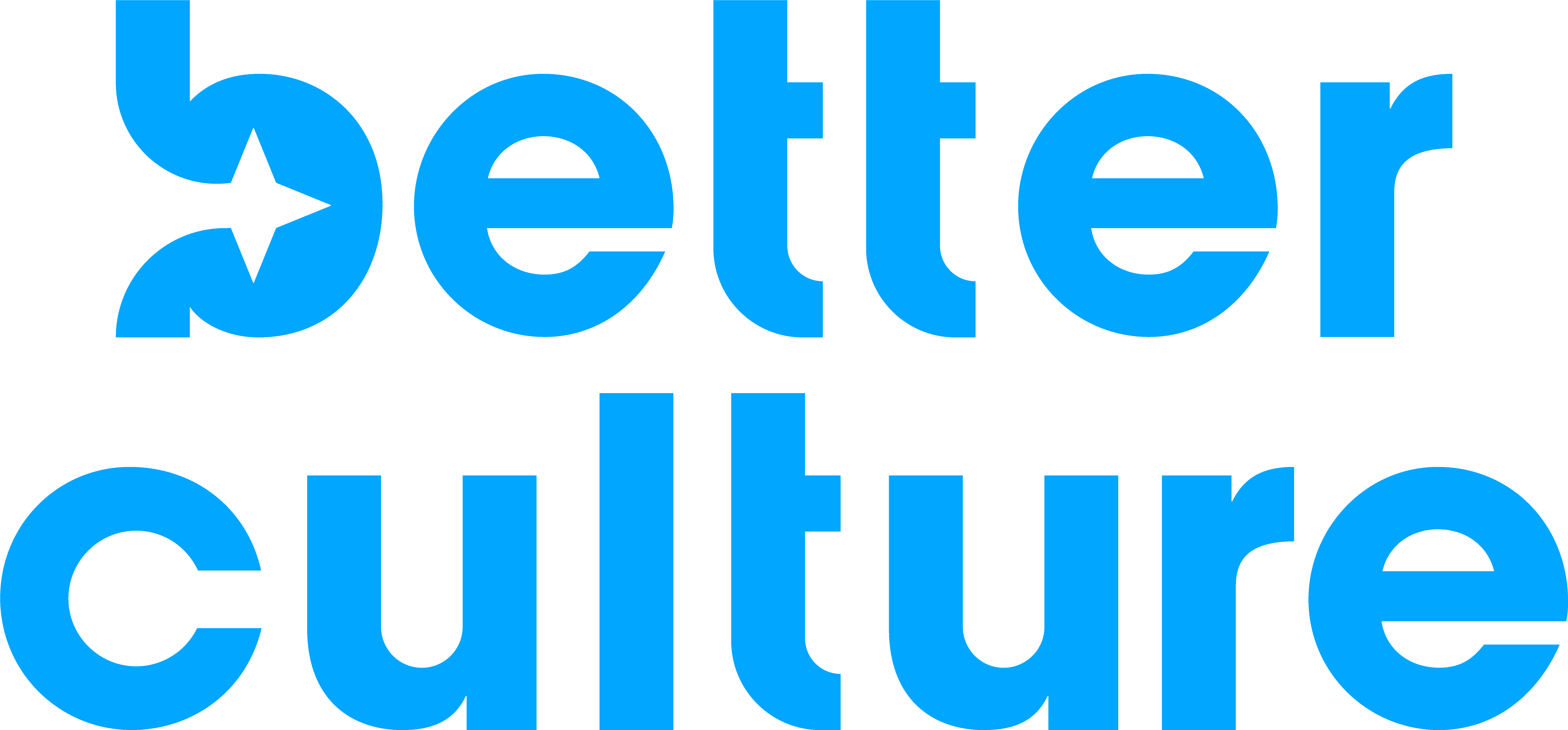In the realm of business management, few tools are as essential, yet underutilized, as genuine employee recognition and appreciation.
This article delves into the profound impact that heartfelt, individualized recognition can have on employee morale and organizational success. We explore strategic methods to elevate your appreciation efforts, ensuring they resonate deeply with each team member.
From timely acknowledgments to creative expressions of gratitude, learn how to transform routine gestures into powerful catalysts for employee engagement and satisfaction.
Read on as we unpack the secrets to making every team member feel valued and seen, fostering a culture of recognition that drives your business forward.
Here are six insights to help leaders harness the power of expressing their appreciation.
Genuine Praise
At the heart of effective employee recognition lies the principle of authenticity. Praise, no matter how plentiful, is impactful when it is genuine and not manufactured.
Genuine praise means acknowledging the efforts and achievements of employees with sincerity, ensuring that recognition does not come off as contrived or obligatory. A foundational BetterCulture insight is that you cannot overdo praise if it is heartfelt and reflects true merit.
Individualizing Recognition
Meaningful recognition requires more than routine expressions of gratitude. It requires gestures of recognition that resonate with a recipient to make a meaningful impact.
Start by considering how a given employee prefers to be acknowledged. This could be public praise, a thoughtfully written note of thanks, or a tangible token of appreciation that aligns with their interests.
Then consider the employee’s professional ambitions, personal interests, and lifestyle preferences. This could result in providing opportunities for professional development, special assignments that align with an employee’s career goals, or personalized rewards that connect with their interests outside of work.
When you make use of this personalized approach you show that you value not just the work but the person behind it.
Remember: The more tailored your gestures, the more impact they will have.
Proportionality of Recognition
Standardized recognition practices have two big problems. The first was just covered: they are not individualized. The second problem with standardized (read robotic) practices is that they can be woefully disproportionate to the effort or achievements they celebrate.
Equity theory explains how an employee’s feelings about their company can be thrown out of balance by rewards that are either too small or outsized for what they feel they deserve.
By scaling recognition to match the significance of the accomplishment, you can maintain a balanced perspective within your team, motivating employees to strive for excellence without feeling overlooked or excessively rewarded.
Timeliness in Recognition
Acknowledging an employee’s achievements as soon as they occur reinforces the positive behavior that led to the accomplishment and provides immediate validation of their efforts.
It can be hard to take the time to immediately recognize the efforts of others in a fast-paced work environment, but it will help you to not overlook opportunity if you remember that timely appreciation can elevate a fleeting moment of success to a lasting memory of validation.
Creativity in Recognition
Creativity can amplify the impact of recognition. Thinking beyond traditional formats of praise and rewards, you can introduce unique and memorable ways to express appreciation.
This might include unexpected rewards, personalized experiences, or public acknowledgments in innovative formats.
If you’d like to know what we mean by “creative ideas,” download our free Employee Appreciation Playbook for recognizing and motivating your team.
Effective Processing of Recognition
Effective processing of recognition is about planning and executing recognition in a way that maximizes its impact. This involves considering not only what recognition is given, but also who delivers it and how it is delivered.
Consider involving peers, subordinates, top management, or even clients in the recognition process.
Whether it’s a formal award presented at a company-wide meeting, or a personal note left on an employee’s desk, the process should be thoughtful and consider who would be the most impactful emissary for the message.
Conclusion
If you’re a leader, your title gives you power. Because of that power, expressions of recognition and appreciation that emanate from you will be particularly impactful.
Effective employee recognition is more than just a routine managerial task; it is an opportunity for you to advance the success of both your employees and your business.
Make use of the insights above to boost the impact of your recognition efforts and encourage the individuals you supervise to grow and achieve greater success. It may well be the most rewarding and enjoyable part of leadership!


